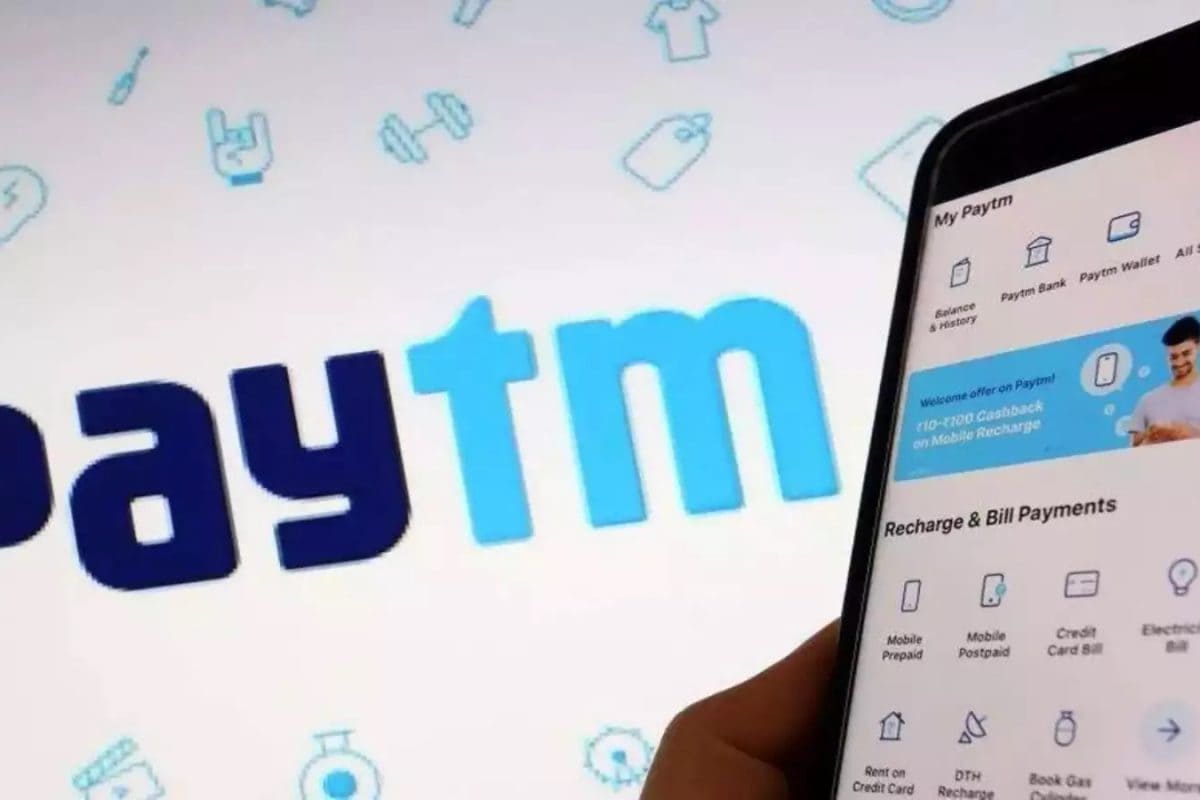

Paytm's stock has demonstrated a remarkable recovery, surging 122% in the past year; however, it still lags significantly behind its initial public offering (IPO) price by 53%. As the company prepares to announce its Q1 FY26 results on July 22, 2025, investors are keen to see if this momentum can be sustained and whether Paytm can inch closer to reclaiming its IPO glory.
Stock Performance and Technical Analysis
Over the last 12 months, Paytm's stock has shown significant positive momentum, trading around ₹1,018.00. This impressive surge comes after the stock hit a 52-week low of ₹425.60 in July 2024. Despite this rally, the stock remains 53% below its IPO price of ₹2,150.
From a technical analysis perspective, Paytm exhibits positive patterns, including higher highs and higher lows, trading above key Exponential Moving Averages (EMAs), and a Relative Strength Index (RSI) of 65.86. According to Drumil Vithlani, Technical Research Analyst at Bonanza Portfolio, the stock is approaching a crucial resistance zone of ₹1,020–1,030, where it faced selling pressure in December 2024.
Q1 FY26 Results Expectations
Analysts anticipate that Paytm will report its first-ever profit in Q1 FY26. Projections suggest a Profit After Tax (PAT) of over ₹18.9 crore, a substantial turnaround compared to the net loss in the same quarter last year. Revenue from operations is expected to rise by 27% year-on-year, driven by resilient performance in its payments and financial services verticals.
JM Financial projects that Paytm will likely turn PAT profitable in Q1, driven by a robust contribution margin and 7% quarter-on-quarter revenue growth. They anticipate payments services revenue (excluding UPI incentives) to grow at 6% QoQ or 21% YoY, propelled by a 27% YoY GMV growth. Motilal Oswal Financial Services (MOFSL), on the other hand, expects the company to report a marginal profit of ₹2.4 crore in Q1.
However, there are concerns about margin pressure due to rising payment processing charges and increased expenses. YES Securities estimates that payment processing charges (PPC) as a proportion of payments revenue will increase to 55% in Q1, up from 49.8% in Q4FY25, mainly due to the absence of the UPI incentive benefit.
Key Factors to Watch
Several factors will influence Paytm's performance in the upcoming quarter. The sustainability of margins, the impact of reduced First Loss Default Guarantee (FLDG) commitments on financial services revenue, and updates on UPI monetization and lending partnerships will be closely monitored.
Analysts are also keeping an eye on the company's ability to sustain its Earnings Before Interest, Taxes, Depreciation, and Amortization (EBITDA) growth through cost control. Competitive dynamics, especially with the emergence of other fintech players like PhonePe, will also play a crucial role.
Analyst Ratings and Target Prices
According to Bloomberg data, out of 19 analysts covering Paytm, nine have a buy rating on the stock, while three have sell calls. The average 12-month analyst price target is ₹969, implying a potential downside of 7%.
Wall Street analysts forecast Paytm's stock price to drop over the next 12 months. The average 1-year price target is ₹984.98, with a low forecast of ₹712.05 and a high forecast of ₹1,260.
Can Paytm Reclaim its IPO Highs?
While the recent rally reflects improving fundamentals and growing investor confidence, analysts remain cautious about Paytm's ability to reclaim its IPO price of ₹2,150. Sustained earnings delivery, clarity on regulatory concerns, and expansion in lending partnerships are crucial for achieving this milestone.
Despite the challenges, momentum is currently on Paytm's side. The company's ability to translate early profitability into durable growth and rebuild trust with long-term investors will determine whether it can return to its IPO-era glory.